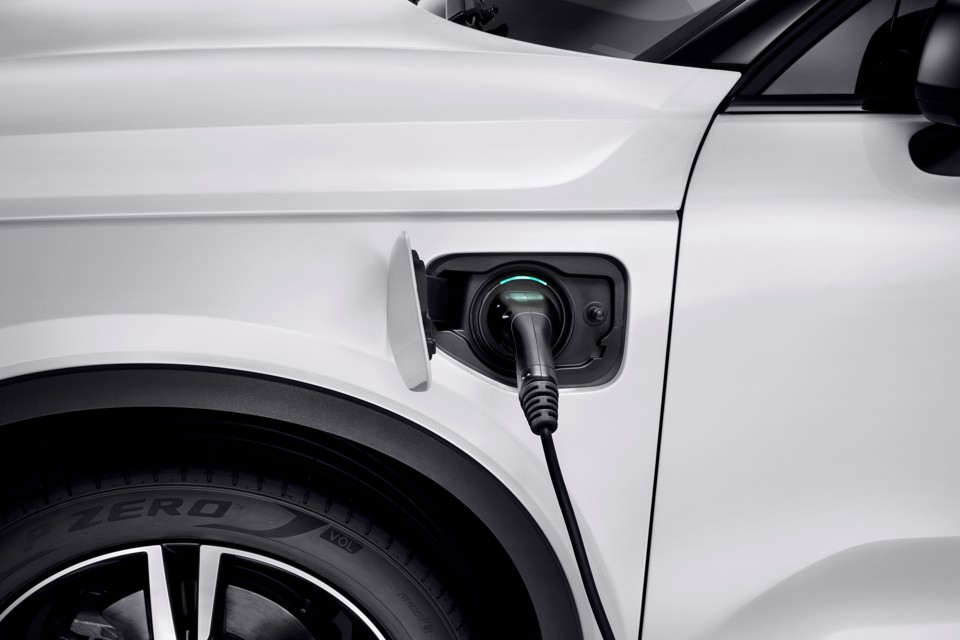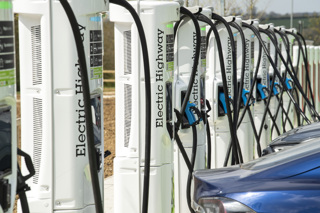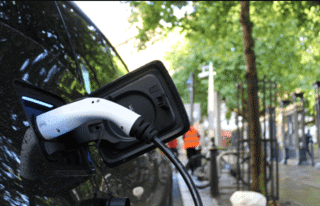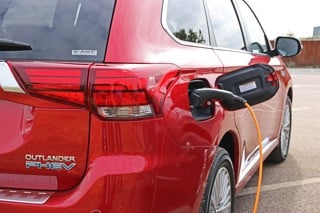New figures show that there were 28,375 public electric vehicle charging devices available in the UK as of January 1.
Of the total devices available, 5,156 were rapid chargers.
Compared to October 1, 2021, it means that available devices increased by 2,448, an increase of 9%, while rapid devices increased by 233, up 5%.
There was an increase in total and rapid devices across all regions of the UK.
In the past year, the number of public devices has increased by 37%, corresponding to 7,600 devices.
The number of rapid devices increased by 33%, with an additional 1,276 public devices.
Regional distribution of charging devices
The data, however, points to an uneven geographical distribution of charging devices within the UK.
Some UK local authorities have bid for UK Government funding for charging devices, and others have not.
Most of the provision of this infrastructure has been market-led, with individual charging networks and other businesses (such as hotels) choosing where to install devices.
London and Scotland had the highest level of charging provision per 100,000 of population, with 102 and 52 devices per 100,000 respectively. In comparison, the average provision in the UK was 42 per 100,000.
Northern Ireland had the lowest level of charging device provision in the UK, with 18 devices per 100,000, followed by the North West and Yorkshire and the Humber with 24 and 26 devices per 100,000 respectively.
Scotland had the highest rate of rapid device provision of 12.9 rapid devices per 100,000, while the average provision in the UK was 7.7 per 100,000.
Rapid device provision was lowest for Northern Ireland and Wales, with 1.2 and 5.3 rapid devices per 100,000 respectively. An interactive map of this data is available.
All regions across the UK saw an increase in total charging devices between October 1, 2021 and January 1.
London had the greatest increase at 16.4%, whilst Northern Ireland and the North West had the smallest increases at 3.9% and 4.6% respectively.
London also had the greatest increase in absolute number of devices at 1,292 devices, contributing to more than half of the increase in devices across the UK.
Meanwhile, rapid charging devices have increased in every region in the UK.
The smallest percentage increase in the number of rapid devices was in the North East at 0.4%.
East Midlands had the largest percentage increase in rapid devices at 7.5%, corresponding to an increase of 26 rapid devices.
Ben Foulser, head of future mobility at KPMG UK, said: “As electric vehicle adoption rises, it’s encouraging to see more public charging points installed. But there’s no doubt that the pace of delivery will have to increase in order to both cope with the demand of the coming years, and to convince others to transition to EVs.
“It’s also vital that any use of public funding to de-risk investment by the private sector is targeted and successful.
“This includes development of commercially attractive portfolios that incorporate rural and smaller sites, enabling a just transition to zero emission mobility across the UK.”
> Interested in comparing electric vehicle data? Check out our EV tool.
> Interested in ensuring the efficient use of EVs. Check out our dedicated editorial sections: Insight & policy | EV news | Charging & infrastructure | Costs & incentives | Benefit-in-kind | EV case studies | EV road tests






















Login to comment
Comments
No comments have been made yet.